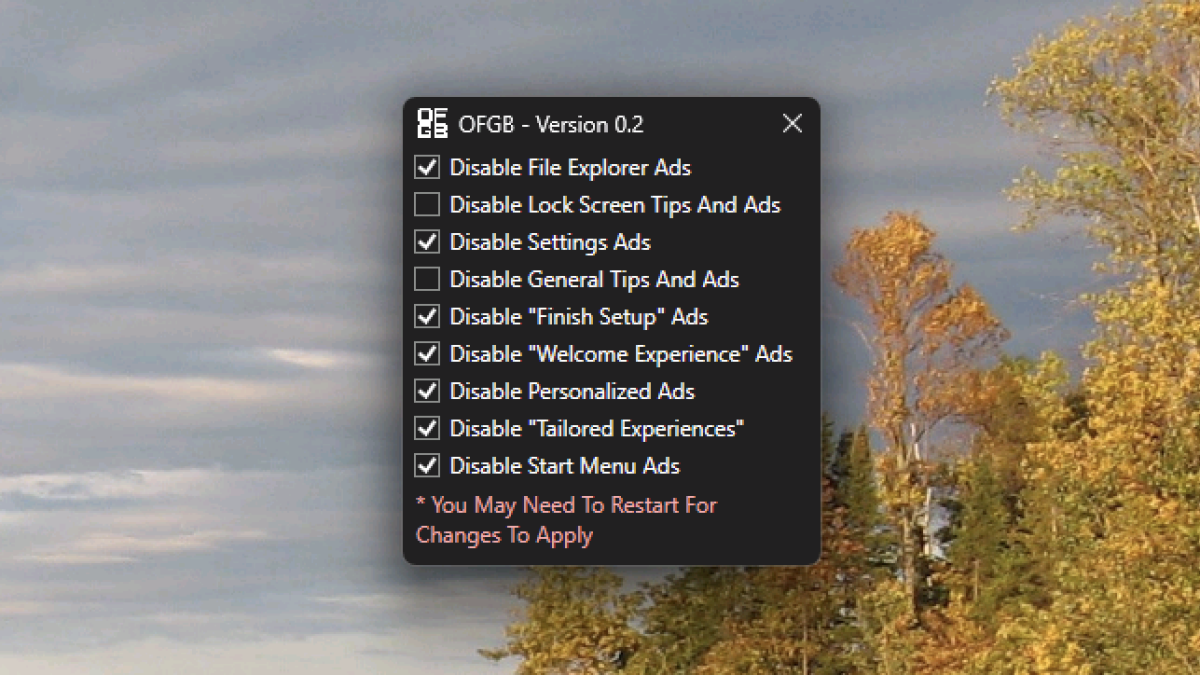More than half a million UniSuper fund members went a week with no access to their superannuation accounts after a “one-of-a-kind” Google Cloud “misconfiguration” led to the financial services provider’s private cloud account being deleted, Google and UniSuper have revealed.
Services began being restored for UniSuper customers on Thursday, more than a week after the system went offline. Investment account balances would reflect last week’s figures and UniSuper said those would be updated as quickly as possible.
The UniSuper CEO, Peter Chun, wrote to the fund’s 620,000 members on Wednesday night, explaining the outage was not the result of a cyber-attack, and no personal data had been exposed as a result of the outage. Chun pinpointed Google’s cloud service as the issue.
In an extraordinary joint statement from Chun and the global CEO for Google Cloud, Thomas Kurian, the pair apologised to members for the outage, and said it had been “extremely frustrating and disappointing”.
They said the outage was caused by a misconfiguration that resulted in UniSuper’s cloud account being deleted, something that had never happened to Google Cloud before.
“Google Cloud CEO, Thomas Kurian has confirmed that the disruption arose from an unprecedented sequence of events whereby an inadvertent misconfiguration during provisioning of UniSuper’s Private Cloud services ultimately resulted in the deletion of UniSuper’s Private Cloud subscription,” the pair said.
“This is an isolated, ‘one-of-a-kind occurrence’ that has never before occurred with any of Google Cloud’s clients globally. This should not have happened. Google Cloud has identified the events that led to this disruption and taken measures to ensure this does not happen again.”
While UniSuper normally has duplication in place in two geographies, to ensure that if one service goes down or is lost then it can be easily restored, because the fund’s cloud subscription was deleted, it caused the deletion across both geographies.
UniSuper was able to eventually restore services because the fund had backups in place with another provider.
“These backups have minimised data loss, and significantly improved the ability of UniSuper and Google Cloud to complete the restoration,” the pair said.
[…]
















